WTF? Brands begin outsourcing their agency in-housing
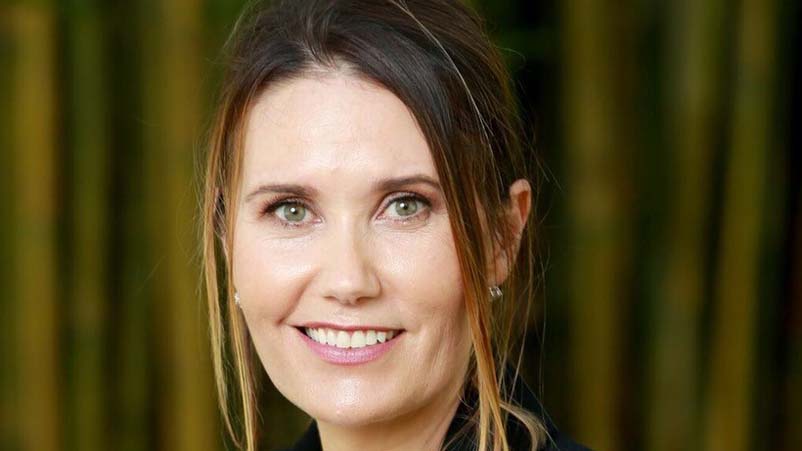
IAG's Zara Curtis: "We landed on an in-house-outsourced model purely because we felt we couldn't attract and keep talent."
IAG's director of content & customer engagement, Zara Curtis, says even a big insurer can't go it alone on in-housing. It's a trend Justin Ricketts, CEO of WPP's Hogarth, says is biting across the market. The same goes for programmatic media, says Tumbleturn Media's Jen Davidson - although CX Lavender chairman, Will Lavender, says in-housing is now 60 per cent of his firm's business. Here's the outsourced, in-housing debate unpacked for 2019.
"The single biggest issue for brands that have taken media in-house is they've found it hard to stay on top of the market and benchmark themselves against an evolving market. The second biggest issue is talent."
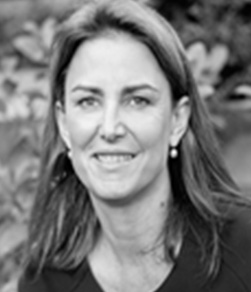
Jen Davidson, Tumbleturn Media
The outsourcing of in-housing
When Zara Curtis joined IAG 18 months ago to head content and customer engagement - a remit that now includes programmatic media and search - the number one strategic driver was speed to market. Ultimately, on the content side, it's seen Curtis build an internal studio called CoLab, managed by Clemenger-owned CHEP with talent employed by CHEP. Staying across market developments in technology, leveraging scale and hiring and holding people were the biggest challenges.
It's why all parties in this Mi3 conversation believe hybrid approaches to in-housing with new agency operating models in the Australian market will dominate in the coming two years - for media and creative output.
"I really did have to sit back and look at what we wanted, where we wanted to go and what the strategy was," says Curtis. "We landed on an in-house-outsourced model purely because we felt we could not attract the talent - and keep the talent doing it - on our own and keep the skillsets up. So we partnered with one of our lead brand agencies, CHEP. They staff, recruit and train all our CoLab people. They've created over 4,500 pieces of content, ranging across video to long-form articles to short-form social."
It's precisely why Justin Ricketts, CEO of WPP's central content production group, Hogarth, says he's seeing a market-wide swing to the outsourcing of in-housing.
"A lot of brands over the past two or three years have had the same pressures Zara is talking about," he says. "Namely around needing to produce assets faster and more cost efficiently. So there's been this tendency to try and bring that in-house to address the speed and cost issue. But I think the problem these brands have found is almost the same problem that we're finding a lot of traditional agencies have had - which is those production offerings are sub-scale and become somewhat siloed," he suggests.
"It's very hard to attract and retain talent and it's very hard to manage the peaks and troughs of workflows. So we're finding that an individual brand, like an individual agency, cannot meet the needs or the future needs of the brand so they're needing to outsource talent, albeit via an integrated 'onsite-offsite-offshore' model."
Ricketts says there are some functions that can move fully in-house but "anything that needs scale", such as creative production, will likely consolidate with a third party.
"A point I've learned on the downside of having people on-site with a client is they often get abused. We've literally just taken an in-house studio and moved it offsite and we've probably seen a 40-60 per cent increase in efficiency..."
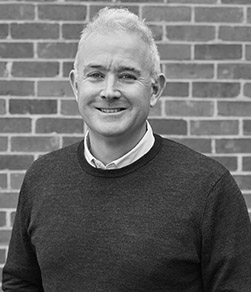
Justin Ricketts, Hogarth
The media narrative
The story is a similar one for media. Tumbleturn principle, Jen Davidson, says the complexities for in-housing media are different, perhaps greater, than for other parts of the marketers in-housing remit but the challenges are similar: technology, talent and keeping up with fast moving market developments.
"Unlike production and creative, the media landscape and the relationship is so much more complicated because there are two other key partners involved - the media owners and the technology partners," she says.
"The single biggest issue for brands that have taken media in-house is they've found it hard to stay on top of the market and benchmark themselves against an evolving sector.”
The second biggest issue, she says, is talent.
“It's really hard to find good people, period, let alone take them out of an agency and put them into a client. How do you nurture and grow them when they're just a tiny bit of a massive organisation? It has been successful for those who have done it but I think they're staring down the barrel of having a problem with people and [recognition that] it's hard to keep on top of the market. I think a hybrid model in media is inevitable."
CX Lavender is already a majority of the way there. Chairman Will Lavender says 60 per cent of his 85 people are already operating inside client businesses.
"We've completely unbundled our service and then really redistributed talent into the client's environment," he says. "The trend we're seeing is that clients, certainly our major clients, actually want to create a new dynamic as well. So it's not about servicing a need into a marketing department, it's actually putting people into different environments."
"The types of work our people are doing isn't just creative. They find themselves in business decisions. They're planning the work, they're cancelling work, they're refining to improve speed to market."
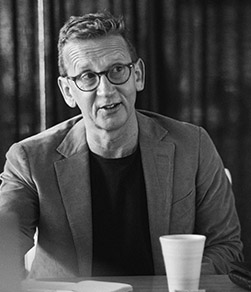
Will Lavender, CX Lavender
Abuse, scope creep and how to stop it
Now embedded within client organisations, Lavender says the work his team delivers goes beyond creative.
"They find themselves in business decisions. They're planning the work, they're cancelling work, they're refining to get speed to market."
On the flip side, Ricketts says in some cases, productivity rises and scope creep subsides when a brand's in-housed content teams are taken off-site.
"The downside of having people on-site with a client is they often get abused," he says. "We've just literally taken an in-house studio and moved it offsite. We've probably seen a 40-60 per cent increase in efficiency because they haven't got people looking over their shoulders and asking for things that are beyond scope.
“It can be a very bad habit when you've got people [embedded] because they're seen as a free in-house resource. If you've got a third party relationship, there's a transaction involved and it creates better discipline."
Curtis agrees and says she has already installed a "No Powerpoint" policy for the studio.
"I think there's a bit of scope creep there already," she says. "To notionally stop that “abuse”, we actually charge $100 per hour, literally just so there's some recognition of a transaction internally,” she says. “And a lot of people don't know how to brief. I spend a lot of time fending for the studio and really looking after them."
On what's next, Curtis says, "we're going stick with it. It's not easy to set-up, resource, fund and maintain. But we're very committed to it because we're seeing the benefits servicing the marketing department and the broader IAG group. Just the level of quality control is probably the biggest benefit I see. We had 55 smaller service agencies, so you end up with the wrong logos, wrong tones and so-on."
More direct deals
For media, Davidson says the biggest shift for marketers in the coming two years will be the level of direct interaction they will have with media owners, whether or not media is in-housed.
"Media owners are doing such extraordinary things in data and technology," she says.
"What oOh Media is doing with data, for example, is extraordinary. It's really hard for clients to keep on top of the whole moving market, but they're going to have a lot more direct relationships with media owners and publishers.
“From a data perspective, there will be a lot more direct deals between media and clients. Agencies will also have a role but more from a benchmarking and training perspective, helping brands benchmark success and stay on top of the market."
"It's almost impossible nowadays to separate the media decisions - where is the advertising and content going to go - from the creative decision, which is 'how is the advertising going to come to life?'"
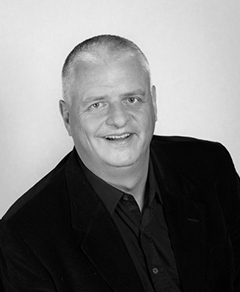
Jon Bradshaw, Principle, Brand Traction
Hybrid or bust
For Ricketts, the next two years are clear: "Every brand is going to need to create more content and better content," he says. "They're going to struggle to do that if they keep going the same way and rely on traditional content models. So they need to decouple, consolidate and partner-up with an integrated onsite, offsite, offshore model."
Regardless of model nuances, Brand Traction's Jon Bradshaw suggested the inhousing debate must ultimately bow to the fundamentals of marketing and advertising effectiveness. He reiterates that the case for re-coupling media with content and creative is compelling.
"We're really not challenging, as an industry, this decoupling," he says. "It's almost impossible nowadays to separate the media decisions, where is the advertising and content going to go, from the creative decision which is 'how is the advertising going to come to life'?
"It comes from that legacy splitting of media and creative, which from an effectiveness perspective, is the worst thing the industry ever did to itself. We have to find solutions for putting those things back together. Whether that's clients becoming specialists and strategic, creative architects or agencies finding way of putting those things back together in a holistic way," suggests Bradshaw.
"This seamless re-integration of communications thinking with creative thinking is the only way I can see that we'll start to get back to thinking about advertising effectiveness."
